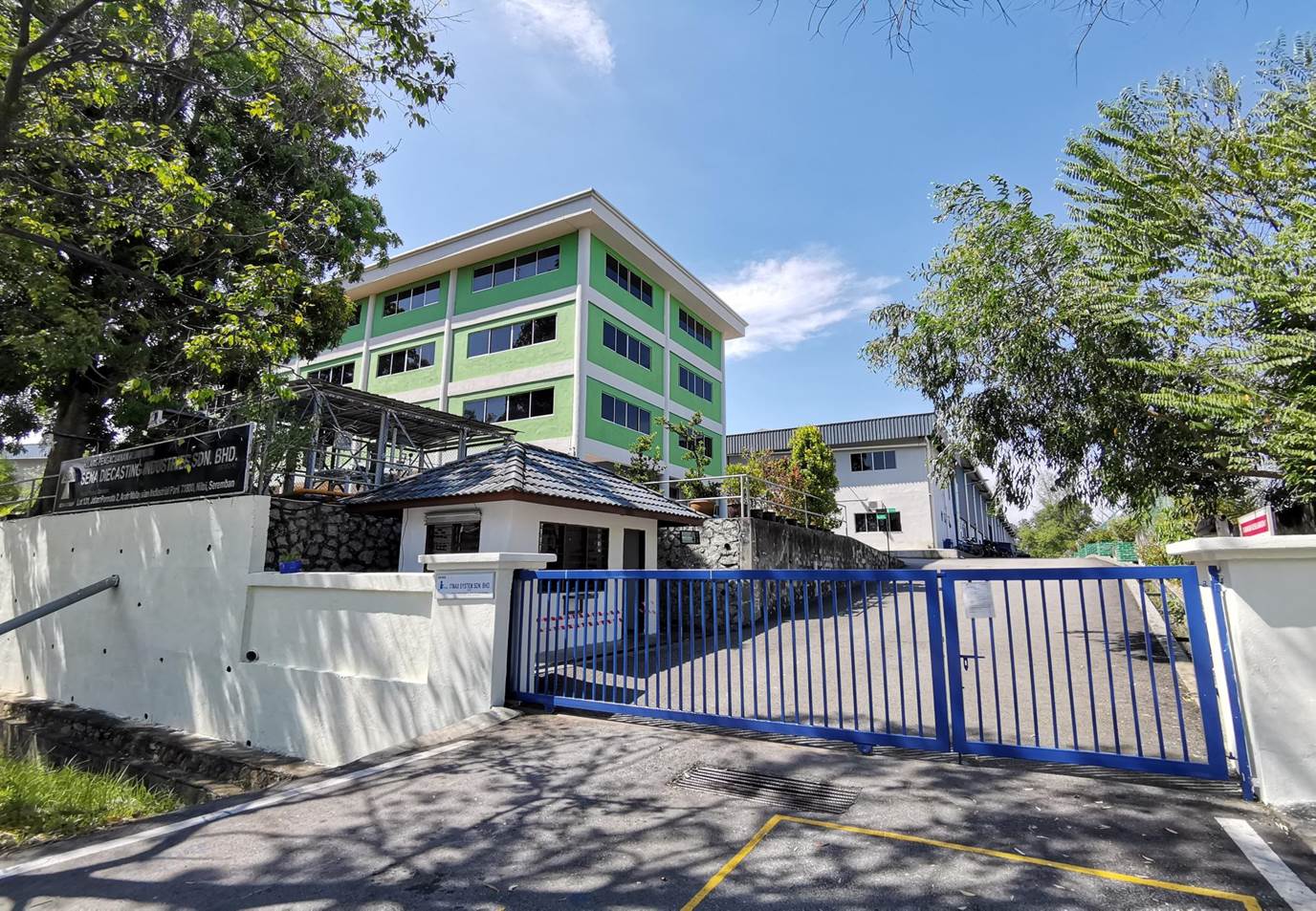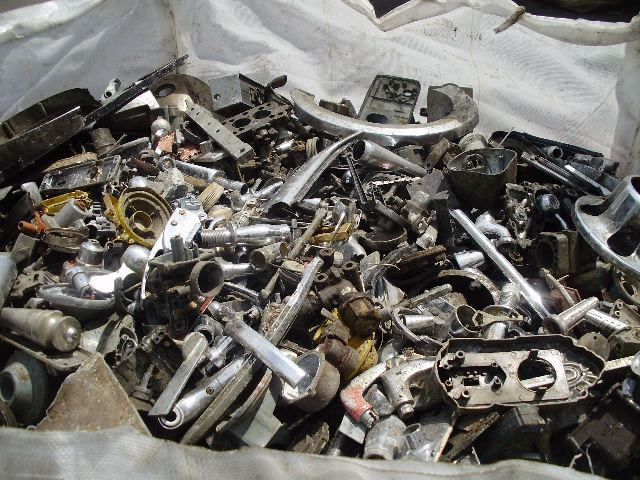
Understanding the Intricacies of Diecasting: Precision in Manufacturing
In the realm of manufacturing, where precision and efficiency are paramount, diecasting stands out as a cornerstone process. Diecasting is a metal casting process that involves injecting molten metal into a mold, known as a die, under high pressure. This method is revered for its ability to produce intricate shapes with high accuracy and repeatability. As one of the most versatile and widely used metalworking processes, diecasting plays a pivotal role in various industries, from automotive and aerospace to electronics and beyond.
The process of diecasting begins with the creation of the die, typically made of hardened steel. This die serves as the mold into which the molten metal will be injected. The design of the die must account for the desired shape of the final product, as well as considerations such as cooling channels to regulate temperature and ejector pins to remove the casting. Once the die is prepared, the metal, often an alloy of aluminum, zinc, or magnesium, is melted in a furnace and then injected into the die at extremely high pressures, ranging from several hundred to thousands of pounds per square inch. This pressure ensures that the metal fills the entire cavity of the die, resulting in precise and detailed castings.
One of the key advantages of diecasting is its ability to produce parts with tight tolerances and excellent surface finishes. This makes it particularly well-suited for applications where dimensional accuracy and aesthetic appeal are crucial. Additionally, diecasting offers high production rates, allowing for large quantities of parts to be produced quickly and efficiently. This combination of accuracy, efficiency, and scalability has made diecasting a preferred choice for manufacturers across industries.

The versatility of diecasting extends beyond the types of metals that can be used. It also encompasses the wide range of shapes and sizes that can be achieved. From intricate components with complex geometries to larger structural parts, aluminum die casting Malaysia can accommodate a variety of requirements. Moreover, advancements in diecasting technology, such as computer simulations and automated systems, have further enhanced its capabilities, enabling even greater precision and efficiency in the manufacturing process.
In addition to its technical advantages, diecasting offers environmental benefits as well. Compared to other metalworking processes, diecasting typically generates less waste material, as the excess metal from each casting can often be recycled and reused. Furthermore, the energy efficiency of diecasting equipment has improved over time, reducing the overall environmental impact of the process. As sustainability continues to be a priority for many industries, the eco-friendly nature of diecasting further solidifies its appeal.
Diecasting stands as a testament to the marriage of precision engineering and manufacturing excellence. Its ability to produce complex parts with unparalleled accuracy and efficiency has made it indispensable across a wide spectrum of industries. From automotive components and consumer electronics to medical devices and beyond, diecasting plays a vital role in bringing innovative products to life. As technology continues to evolve and demand for high-quality, customized parts grows, diecasting is poised to remain at the forefront of modern manufacturing, driving progress and innovation in the years to come.
Leave a Reply